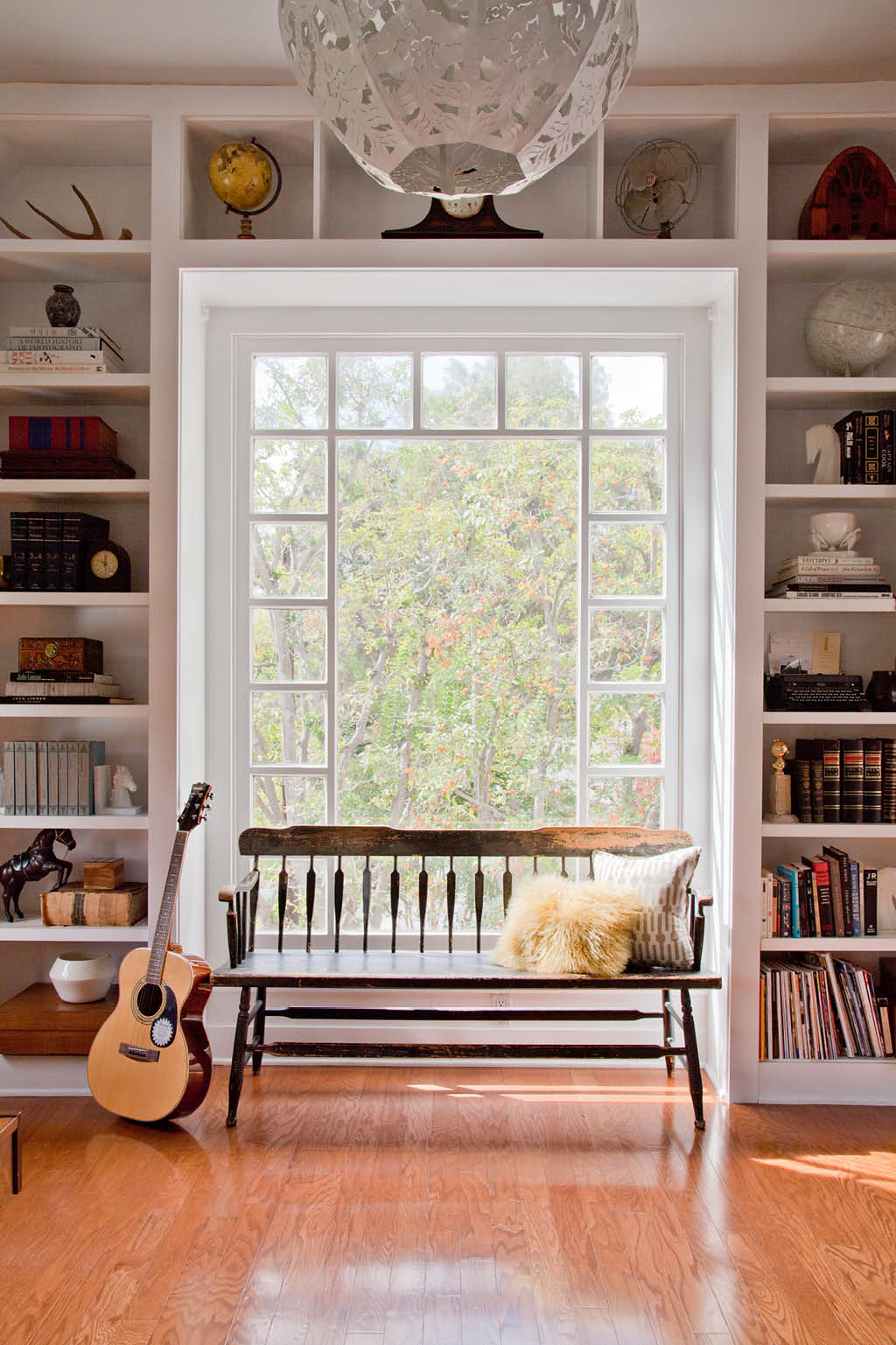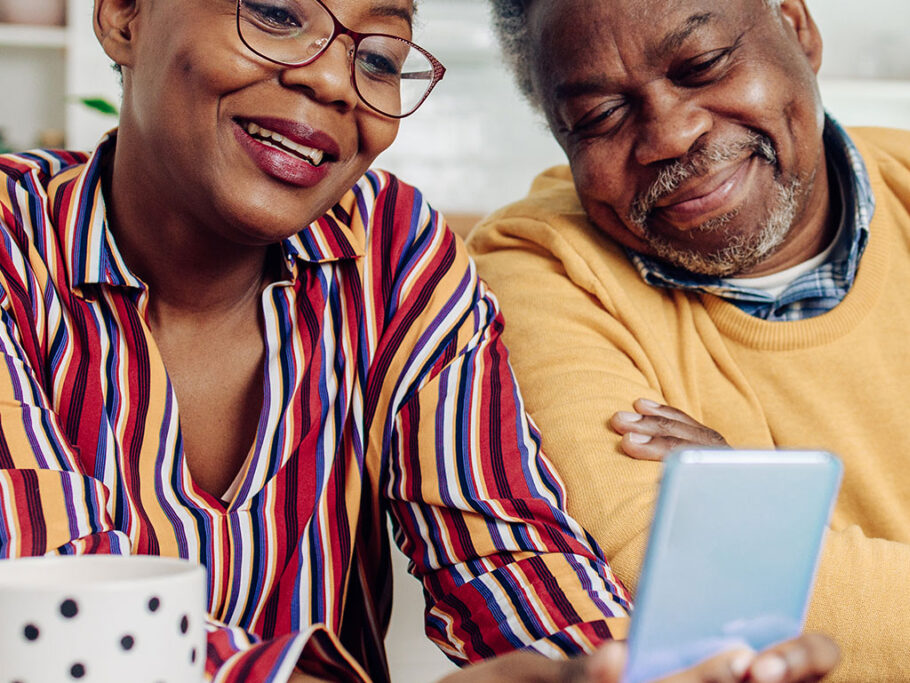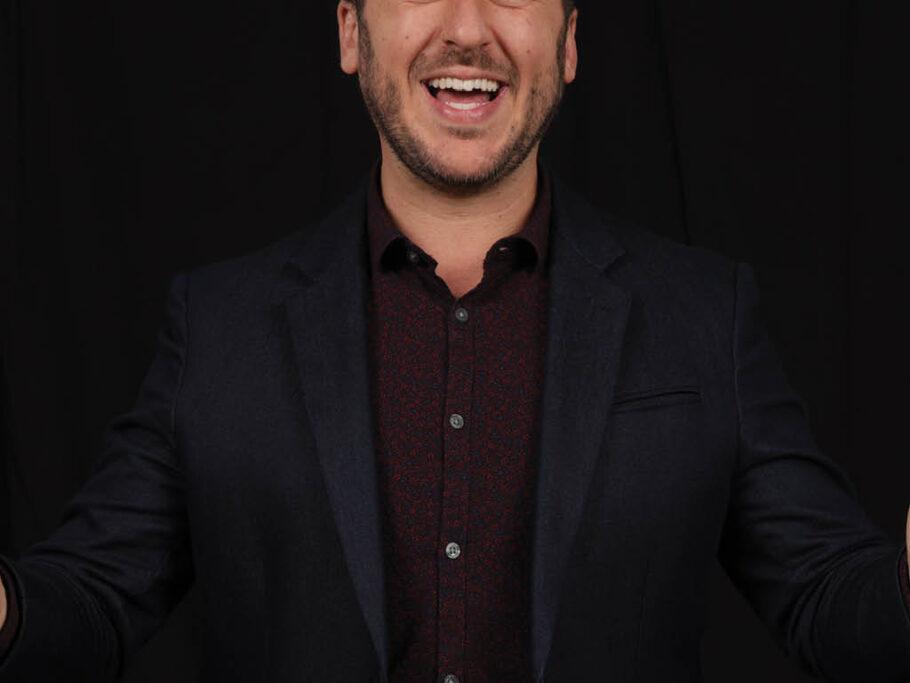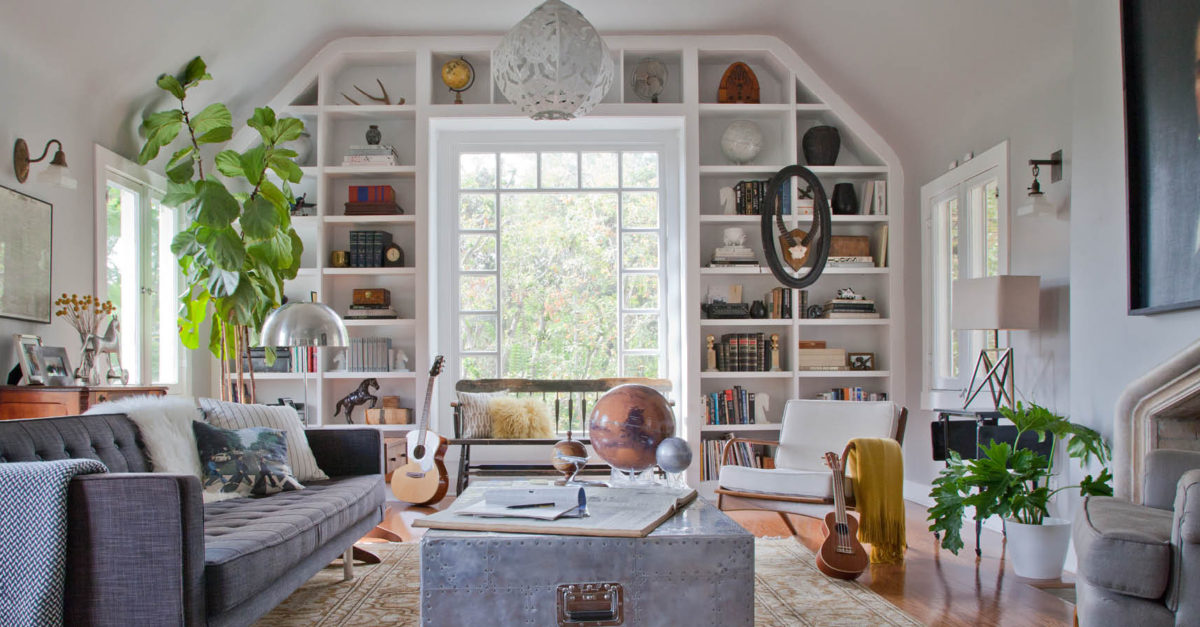A Kinship of Neutrals
From working as a prop stylist in New York City to conquering the competition on season five of HGTV Design Star, interior designer Emily Henderson has always played by her own rules, including for one of the first projects on her show, Secrets of a Stylist. A quick glance through all her undertakings shows that Henderson is clearly unafraid of anything—especially color—and with a keen eye and thrifty mind-set, she tackles everything in her life with the conviction of someone who has been in the business for a lifetime.
Was an interest in fashion and design something you developed growing up? Is that kind of creativity something you were exposed to early on?
Being born into a Mormon family in Oregon who made their own clothes, canned their own fruits and veggies, and lived modestly, I learned from an early age the beauty in thrift and how much can come from so little. I wasn’t exposed to the latest trends or anything in the fashion or design worlds until I moved to New York in my mid- twenties and started working as a shop girl at the Jonathan Adler store, which, back then, was not as big as it is now. I had always loved and appreciated style and design, but I wasn’t really sure what I could do or how to really be a part of it.
I met a prop stylist and felt like I found my calling; I mean, who doesn’t want to shop and play with beautiful things all day while getting paid for it? If you asked me then if I could see myself running a full-service interior design firm and daily style blog ten years later, I never would have believed you—but here I am. I still love each and every day of it. My aesthetic has definitely changed and evolved over the years, but in everything I do, I try to make it happy, personal, and layered, and I incorporate something vintage. Once I moved to New York and saw the people, the culture, and the creativity, I realized that there was so much more to it than I had ever imagined.
Did living in New York influence your personal style at all? Do you think this move played a big factor in who you are now as a designer?
Living in New York City exposed me to so many elements of design and style that I had never seen before. Growing up in a smaller town that wasn’t exposed to as much in terms of fashion or interior design, we had a very small perspective of what it really meant. Once I moved to New York and saw the people, the culture, and the creativity, I realized that there was so much more to it than I had ever imagined.
You had been working in the field for some time before you decided to audition for Design Star. What prompted you to audition? Was it a push from a client, or friends and family?
I had been a fan of HGTV for a long time, but I didn’t feel like there were very many shows that reflected who I am as a designer. I really had no intention of changing that, though. I wasn’t a big “I should be on television” kind of person. When I saw the post for Design Star—on Craigslist, I’ll add—my husband, Brian, insisted that I audition, and I thought he was crazy. The whole thing was totally nuts. It was a six-week adrenaline rush, going from five in the morning to midnight every day. We were quarantined from all contact with friends and family and competing every day for our dream jobs while surrounded by a camera crew at every moment. When all is said and done, I do think that I was the right person for the job, although my friends and competitors, Dan and Casey, could have taken it at any point. I was terrified and had much less confidence than I do now years later. I’m obviously extremely glad I did it, and it completely changed my life. It propelled me into a career I had no idea I wanted, gave me the courage to really make things happen, has opened a million doors, and has given me tons of validation in a design sense. It’s also made me more financially stable and was the catalyst to where I am now—just pretty much the best (and weirdest) thing I’ve ever done.
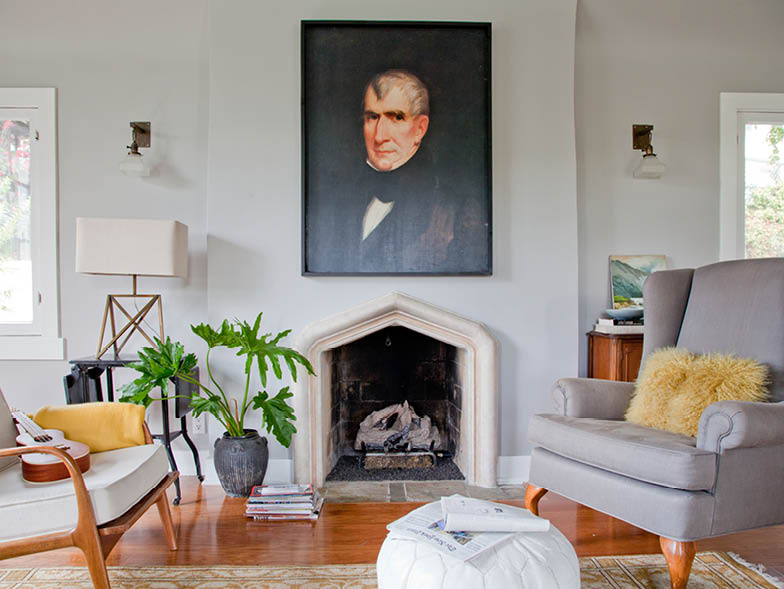
How were you able to make the shift of designing for clients while surrounded by a camera crew? Was it weird at first?
Winning the show definitely propelled me into the TV design world, and it was a quick and fast ride once we started. It was a difficult learning curve, not because I didn’t feel prepared to design, but because it was such a quick turnaround time to shop for multiple projects and makeovers at once. We had to constantly plan and think ahead so that we could keep on top of our busy filming schedule. The show was such a fun time, though. We were constantly shopping, designing, and turning things around very quickly, which was also one of the hardest parts. Design is an evolution, and sometimes it takes more than a day or two to get into the minds of people to find out what style they actually love, versus what they say they may be into. That was a bit of a challenge, but it was always rewarding when we were able to pull together a project and show it to the client for the first time to see how much he or she loved it. I really try to take on projects that I love and that I see being a good opportunity for growth and also a good fit for the client.
When working with a new client, is getting a feel for his or her personal style the most important step?
I am fortunate enough now to not have to take on every project that comes our way. I really try to take on projects that I love and that I see being a good opportunity for growth and also a good fit for the client. As a designer, you really have to be able to get into the minds of your clients and get them to trust you, both of which take time. If you don’t gel with your clients, that always makes things trickier.
Tapping into client aesthetic seems like a strong point for your designs, especially the design you did for your friend, award-winning writer for the show Glee, Ian Brennan:
With Ian’s space, it was all about mixing different styles to create casual sophistication. We used a midcentury sofa, paired with an industrial coffee table, and the room has influences of modern, global, traditional, and rustic. We kept everything pretty tonal and neutral, which allowed us to really blend the styles without making it look too eccentric.
Since this was one of the first projects you worked on for the show, how did you manage to get to know the specific goals Ian had set for his space under such strict time constraints?
We had to pull almost everything in for the shoot before decorating because of the constraints of filming. Once we honed in on his personality, though, and found a style that he liked and was his own, it made shopping and sourcing a lot easier for us. There is some sort of natural element in every room of this space.
Is greenery an important component to your designs, especially in urban spaces?
Greenery is the easiest and best thing to style with in your own home. It fills corners, creates texture, and adds something living in the room, which will always help the space feel more comfortable and welcoming.
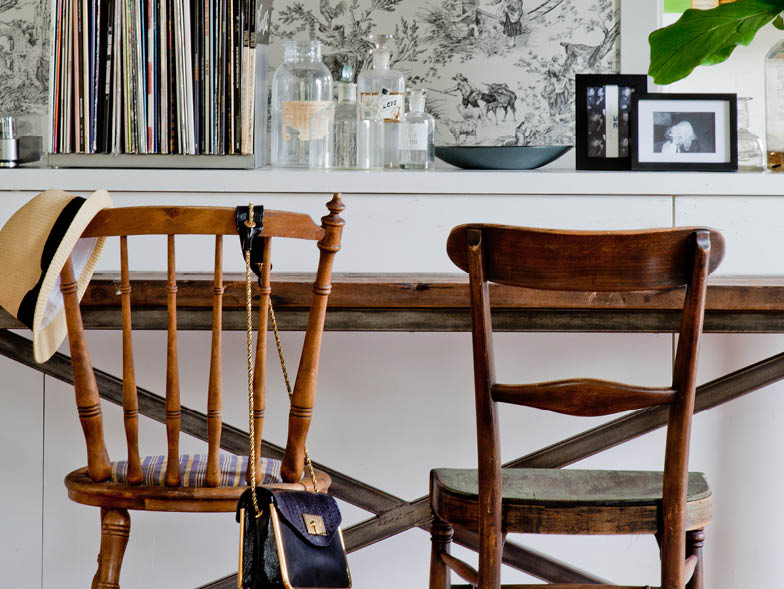
The color scheme of muted blues and dusty yellows really stands out for this project. Does your inspiration for the space normally stem from color choice?
A consistent color palette is always one of the first things you should come up with and stick to. People often find that their house feels pieced together, and nine times out of ten, it is because they don’t have a specific color palette that they stuck to from room to room. That doesn’t mean that you can’t mix it up and bring in some fun colors, but each room should have a color palette that you shop within. In terms of inspiration for the rest of the room, I always let the architecture of the house give inspiration and direction for the style. If your house is traditional, then the inside should lean more traditional. Don’t be afraid to mix in other styles, but typically filling a rustic cabin with midcentury modern furniture is not the best idea.
Since moving to Los Angeles and starting your family, what has been the biggest challenge in keeping true to who you are as a designer while balancing your many projects?
Each year, both my studio and my work have evolved. It started out as a small one-woman gig, which I ran by myself. It has now grown to eight people who all work on integral parts of the business. Juggling all of that with two young kids is definitely hard at times and very stressful, but I wouldn’t have it any other way. I can’t really say where I will be five years from now, but I would hope that I could continue to grow and be authentic to not only myself but also what I love.
For more info, visit emilyhendersonstudio.com.
